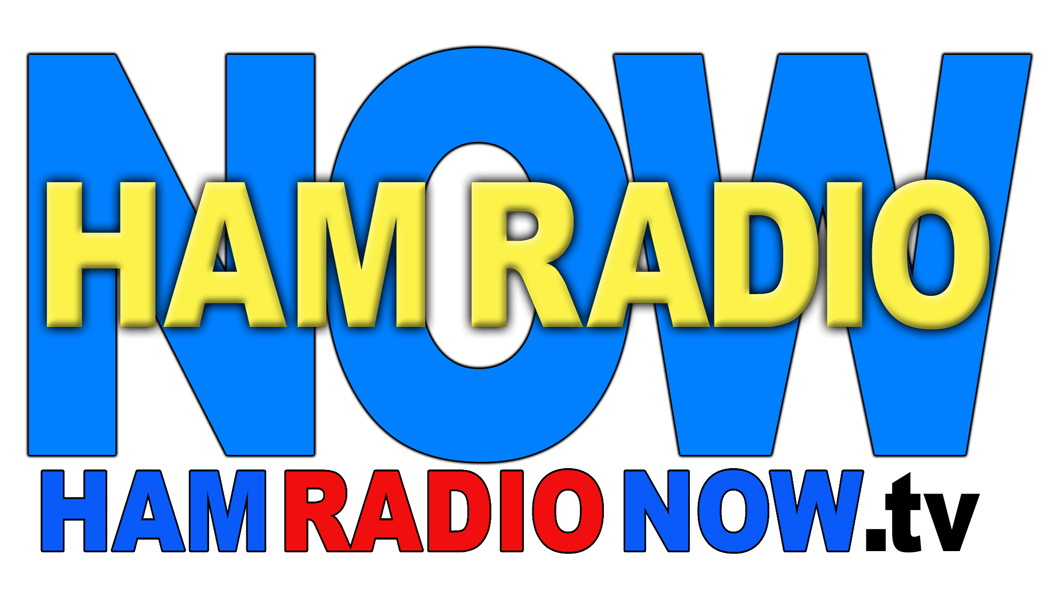HRN 363: Firmware Tools for openHPSDR - Dave Larsen KV0S from the 2017 DCC
/Dave Larsen KV0S's complete title for this talk is Development and Design of Firmware Programming Tools for the openHPSDR Hardware. And that says a lot about where this talk is going.
HPSDR - High Performance Software Defined Radio - is an ongoing DIY project that began in conjunction with TAPR do design and built the first direct sampling SDR HF 'transceiver' for amateur radio. It's been going on for more than a decade, and the ARVN videos from the 2008 and 2009 DCC's have several talks describing the progress (find them on the HamRadioNow.tv web site's TAPR archives).
Dave's talk is something of a history lesson, focusing on tools to program the boards.
The industry has moved on, with companies like FlexRadio, ICOM, Elad and others producing off-the-shelf SDR radios, but the HPSDR project continues for hams who want to learn more and build their own.
Radio Rating: C or D. Dave has a lot of text, but also some slides with charts and pictures of the software GUI's. So if you're already familiar with the HPSDR system, you might not need the images to absorb the talk. If you're not deep into HPSDR, but you are interesting in programming, you'll probably need the pictures. And if you're not deep into either, come back to the video when you've gotten your feet (ankles, and maybe knees) wet in SDR.







